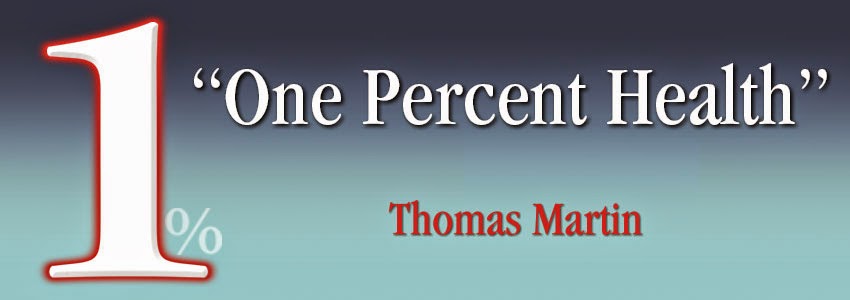http://www.healthy-holistic-living.com/black-seed-remedy-everything-death.html?t=DM
This humble, but immensely powerful seed, kills MRSA, heals the chemical weapon poisoned body, stimulates regeneration of the dying beta cells within the diabetic’s pancreas, and yet too few even know it exists.
The seeds of the annual flowering plant, Nigella Sativa, have been prized for their healing properties since time immemorial. While frequently referred to among English-speaking cultures as Roman coriander, black sesame, black cumin, black caraway and onion seed, it is known today primarily as black seed, which is an accurate description of its physical appearance.
Black Seed dates back 3,300 years…
The earliest record of its cultivation and use come from ancient Egypt. Black seed oil, in fact, was found in Egyptian Pharoah Tutankhamun’s tomb, dating back to approximately 3,300 years ago. [1] In Arabic cultures, black cumin is known as Habbatul barakah, meaning the “seed of blessing.” It is also believed that the Islamic prophet Mohammed said of it that it is “a remedy for all diseases except death.”Many of black cumin’s traditionally ascribed health benefits have been thoroughly confirmed in the biomedical literature. In fact, since 1964, there have been 458 published, peer-reviewed studies referencing it.
We have indexed salient research, available to view on GreenMedInfo.com on our Black Seed (Nigella Sativa) page, on well over 40 health conditions that may be benefited from the use of the herb, including over 20 distinct pharmacological actions it expresses, such as:
- Analgesic (Pain-Killing)
- Anti-Bacterial
- Anti-Inflammatory
- Anti-Ulcer
- Anti-Cholinergic
- Anti-Fungal
- Ant-Hypertensive
- Antioxidant
- Antispasmodic
- Antiviral
- Bronchodilator
- Gluconeogenesis Inhibitor (Anti-Diabetic)
- Hepatoprotective (Liver Protecting)
- Hypotensive
- Insulin Sensitizing
- Interferon Inducer
- Leukotriene Antagonist
- Renoprotective (Kidney Protecting)
- Tumor Necrosis Factor Alpha Inhibitor
Our project has identified over 1600 natural compounds with a wide range of health benefits, and we are only in our first 5 years of casual indexing. There are tens of thousands of other substances that have already been researched, with hundreds of thousands of studies supporting their medicinal value (MEDLINE, whence our study abstracts come, has over 600,000 studies classified as related to Complementary and Alternative Medicine).
Black Seed Research
Black seed has been researched for very specific health conditions. Some of the most compelling applications include:Type 2 Diabetes: Two grams of black seed a day resulted in reduced fasting glucose, decreased insulin resistance, increased beta-cell function, and reduced glycosylated hemoglobin (HbA1c) in human subjects. [2]
Made by Nature
Sometimes the biblical reference to ‘faith the size of a mustard seed moving mountains’ comes to mind in connection with natural substances like black seeds. After all, do seeds not contain within them the very hope for a continuance of the entire species that bore it? This super-saturated state of the seed, where life condenses itself down into an intensely miniaturized holographic fragment of itself, promising the formation of future worlds within itself, is the very emblem of life’s immense and immortal power.Moving the mountain of inertia and falsity associated with the conventional concept of disease is a task well-suited for seeds and not chemicals. The greatest difference, of course, between a seed and a patented synthetic chemical (i.e. pharmaceutical drug), is that Nature (God) made the former, and men with profit-motives and a deranged understanding of the nature of the body made the latter.
The time, no doubt, has come for food, seeds, herbs, plants, sunlight, air, clean water, and yes, love, to assume once again their central place in medicine, which is to say, the art and science of facilitating self-healing within the human body. Failing this, the conventional medical system will crumble under the growing weight of its own corruption, ineptitude, and iatrogenic suffering (and subsequent financial liability) it causes. To the degree that it reforms itself, utilizing non-patented and non-patentable natural compounds with actual healing properties, a brighter future awaits on the horizon. To the degree that it fails, folks will learn to take back control over their health themselves, which is why black seed, and other food-medicines, hold the key to self-empowerment.
Sources
[1] Domestication of plants in the Old World (3 ed.). Oxford University Press. 2000. p. 206. ISBN 0-19-850356-3.
[2] Abdullah O Bamosa, Huda Kaatabi, Fatma M Lebdaa, Abdul-Muhssen Al Elq, Ali Al-Sultanb. Effect of Nigella sativa seeds on the glycemic control of patients with type 2 diabetes mellitus. Indian J Physiol Pharmacol. 2010 Oct-Dec;54(4):344-54. PMID: 21675032
[3] Eyad M Salem, Talay Yar, Abdullah O Bamosa, Abdulaziz Al-Quorain, Mohamed I Yasawy, Raed M Alsulaiman, Muhammad A Randhawa. Comparative study of Nigella Sativa and triple therapy in eradication of Helicobacter Pylori in patients with non-ulcer dyspepsia. Saudi J Gastroenterol. 2010 Jul-Sep;16(3):207-14. PMID: 20616418
[4] Javad Akhondian, Ali Parsa, Hassan Rakhshande. The effect of Nigella sativa L. (black cumin seed) on intractable pediatric seizures. Med Sci Monit. 2007 Dec;13(12):CR555-9. PMID: 18049435
[5] Farshad Roghani Dehkordi, Amir Farhad Kamkhah. Antihypertensive effect of Nigella sativa seed extract in patients with mild hypertension. Braz J Med Biol Res. 2006 Apr;39(4):421-9. Epub 2006 Apr 3. PMID: 18705755
[6] Rana Keyhanmanesh, Mohammad Hossein Boskabady, Mohammad Javad Eslamizadeh, Saeed Khamneh, Mohammad Ali Ebrahimi. The effect of thymoquinone, the main constituent of Nigella sativa on tracheal responsiveness and white blood cell count in lung lavage of sensitized guinea pigs. J Ethnopharmacol. 2009 Oct 29;126(1):102-7. Epub 2009 Aug 8. PMID: 19711253
